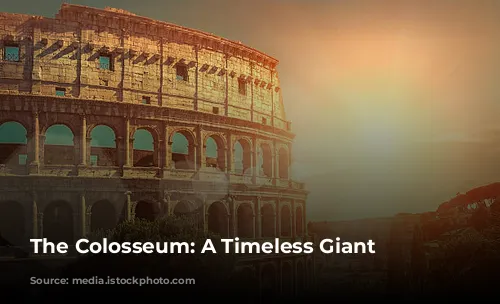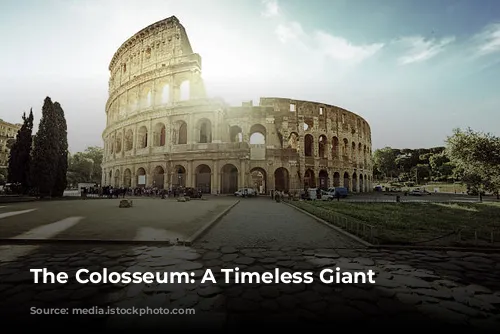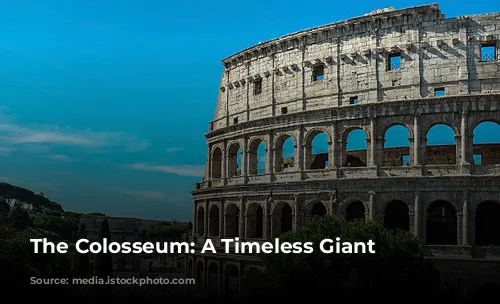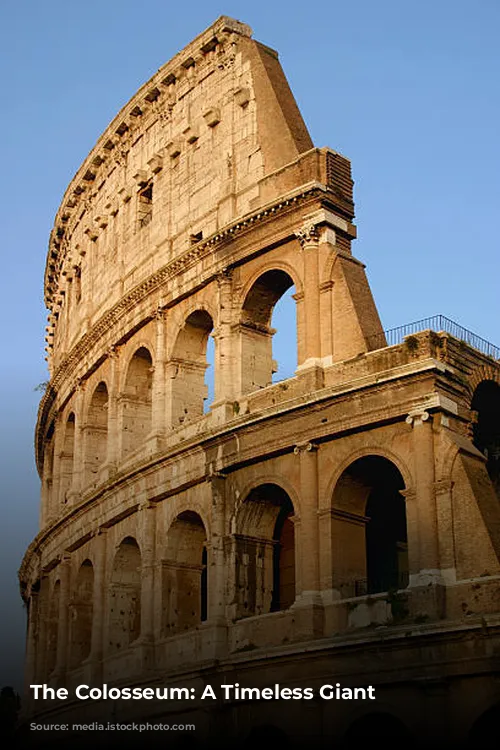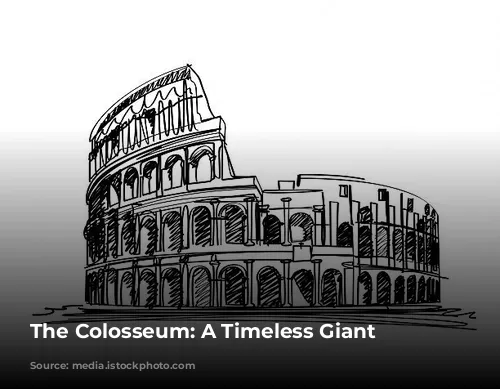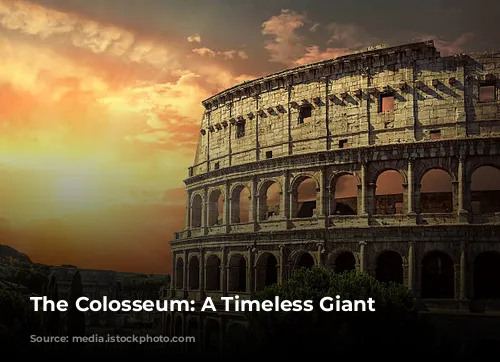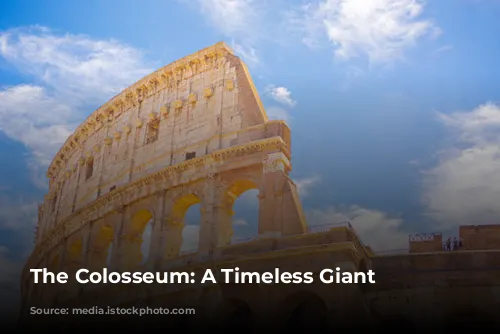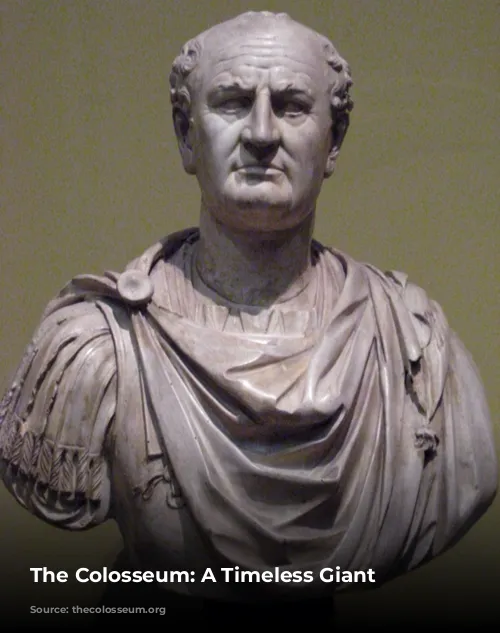Step back in time and immerse yourself in the rich history of the Colosseum, a legendary landmark that has stood for almost two millennia. Its stones have witnessed thrilling gladiatorial battles, heart-stopping animal hunts, and even the grim execution of prisoners. Prepare to be amazed by the fascinating facts surrounding this iconic structure, which continues to captivate visitors from around the globe.
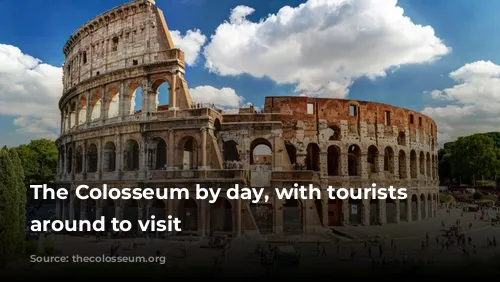
From Emperor to Monument: The Colosseum’s Construction
The Colosseum’s construction began in 72 AD under the reign of Emperor Vespasian, a testament to his ambition to create a magnificent amphitheater for the Roman people. Sadly, Vespasian did not live to see its completion, but his sons, Emperors Titus and Domitian, continued his vision. It was completed in 80 AD, marking the beginning of its legacy as a center of entertainment.
The construction of this colossal arena relied on the tireless labor of Jewish slaves, a stark reminder of the Roman Empire’s conquest and subjugation. It is estimated that between 60,000 and 100,000 slaves were involved in this monumental project, laboring under the watchful eyes of Roman engineers and artisans. Their blood and sweat built a monument to Roman power and grandeur.
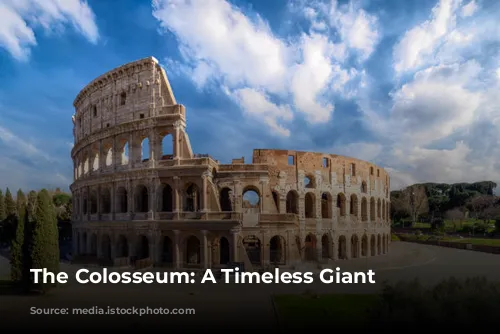
A City Within a City: The Colosseum’s Dimensions
The Colosseum is a testament to Roman engineering prowess. Its oval shape, with a length of 189 meters, a width of 156 meters, and a height of 48.5 meters, makes it an imposing presence. This enormous structure covers a staggering 6 acres of land, making it a true city within a city.
The Colosseum’s outer walls are adorned with three tiers of columns, each with its unique architectural style: Doric, Ionic, and Corinthian. These columns support 80 arches, 76 of which are numbered in Roman numerals, a testament to the meticulous planning and organization of this grand spectacle.
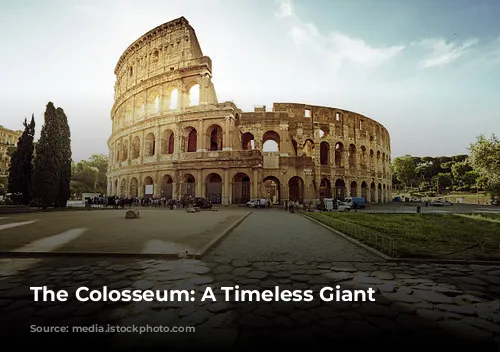
Beneath the Surface: The Colosseum’s Secrets
Hidden beneath the arena’s surface lies an intricate network of tunnels and chambers known as the hypogeum. This subterranean world was the holding area for gladiators, wild animals, and prisoners, awaiting their fate in the arena. Trapdoors, cleverly concealed within the arena floor, allowed for the dramatic deployment of scenery elements during the spectacles. These secret passages and hidden chambers added a layer of mystery and intrigue to the Colosseum’s operations.
This vast subterranean network was connected to the arena above by 80 vertical shafts, providing a remarkable and efficient system for moving performers and animals into the spotlight. The Colosseum was a marvel of engineering, not just in its scale and architectural grandeur, but also in its intricate mechanisms designed to bring the spectacles to life.
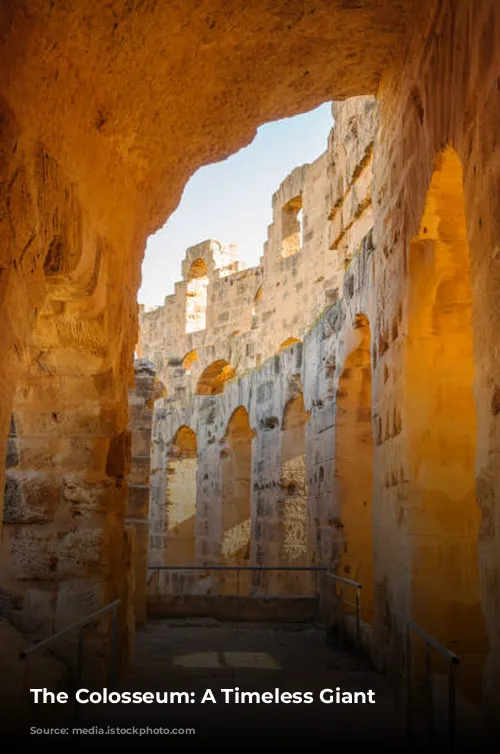
A City’s Entertainment: The Colosseum’s Spectacles
The Colosseum was more than just a building; it was the heart of the city’s entertainment. It had the capacity to seat between 50,000 and 80,000 spectators, creating a vibrant and electrifying atmosphere for the various spectacles that took place within its walls.
The most famous events were the gladiatorial battles, where skilled fighters clashed in a struggle for survival and glory. The Colosseum also hosted animal hunts, where brave hunters faced off against exotic and dangerous beasts. The roar of the crowd, the clash of steel, and the thunder of hooves echoed through the arena, creating an unforgettable experience for the spectators.
Beyond these spectacles, the Colosseum also hosted gruesome executions, where criminals and prisoners of war met their end at the hands of wild animals or in the arena. This grim side of the Colosseum provides a stark reminder of the Roman Empire’s harsh justice system.
The Colosseum was also used for naval battles, known as Naumachia, where the arena was flooded and staged battles were fought on the water. The Colosseum was a versatile venue, capable of hosting a wide range of spectacles that entertained and fascinated the Roman people.
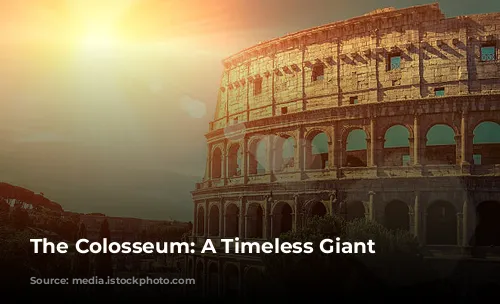
The Colosseum: A Legacy of Blood and Glory
While the Colosseum was a place of entertainment, it was also a place of death. It is estimated that over 400,000 individuals met their end within its walls, including gladiators, slaves, convicts, prisoners, and performers. This staggering number speaks to the brutality and violence that were central to Roman society.
The Colosseum also played a role in the eradication of certain animal species from nearby regions. Millions of animals, including lions, tigers, wolves, bears, and elephants, were brought to the Colosseum to participate in hunts and executions. The Colosseum’s impact on the environment, though unintentional, highlights the power and influence of this iconic landmark.

The Colosseum’s Enduring Legacy
Despite the Colosseum’s long history and the many changes it has undergone, its enduring legacy remains. The Colosseum continues to inspire awe and wonder, drawing millions of visitors every year. It is a powerful reminder of the Roman Empire’s grandeur, ingenuity, and brutality.
The Colosseum is not only a symbol of Rome’s past but also a testament to the enduring power of human creativity and ingenuity. It is a reminder that even the grandest monuments can be shaped by the forces of time and the changing tides of history.
